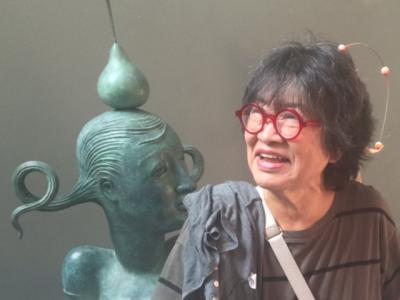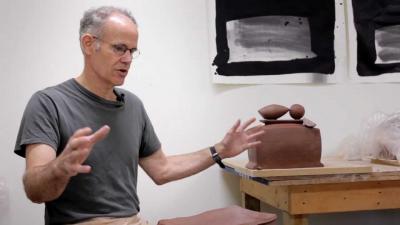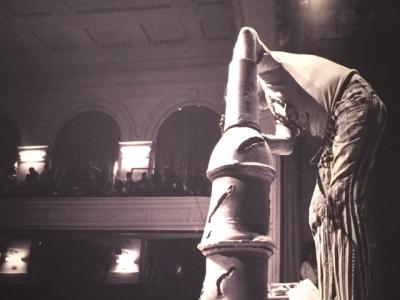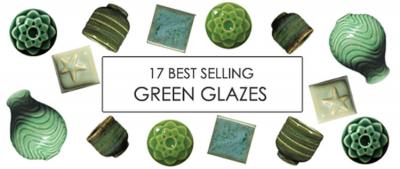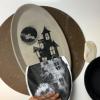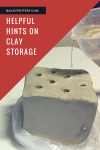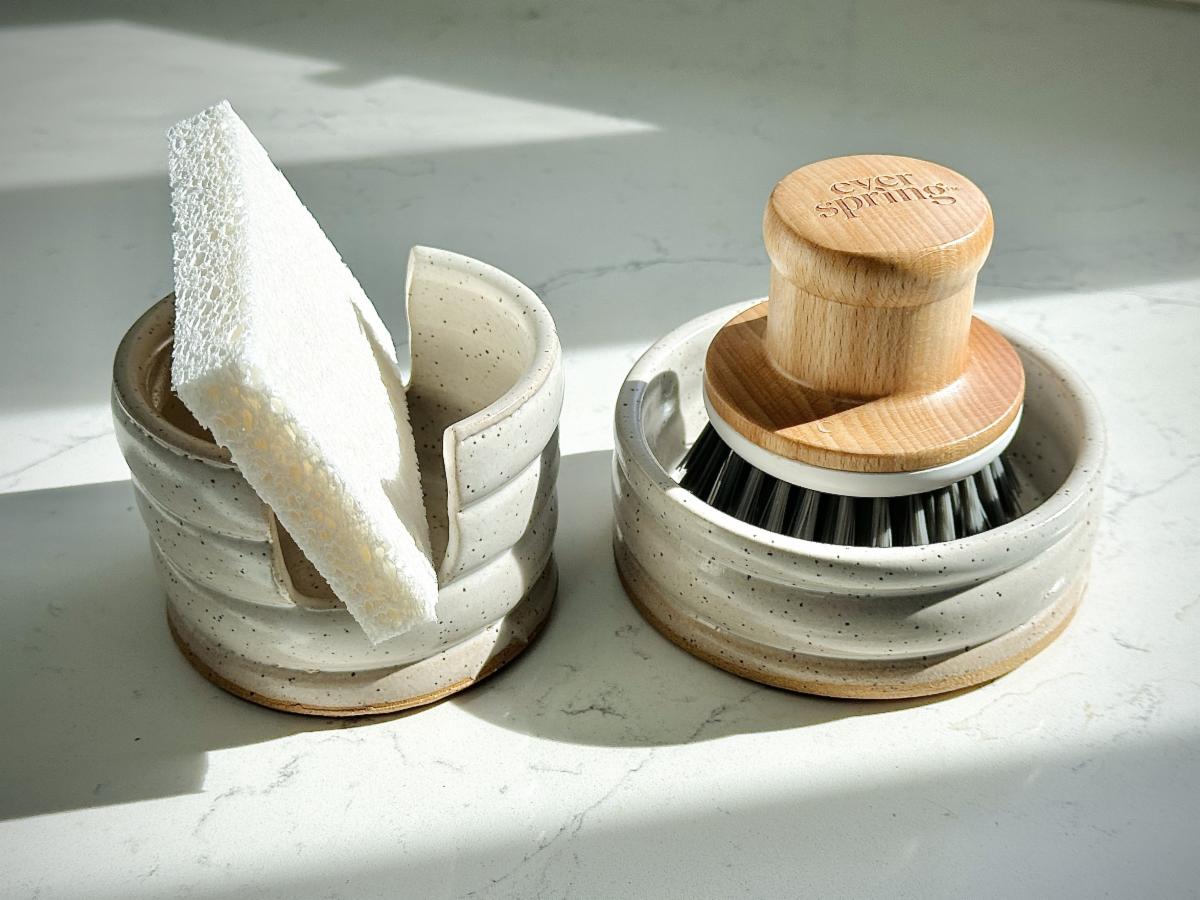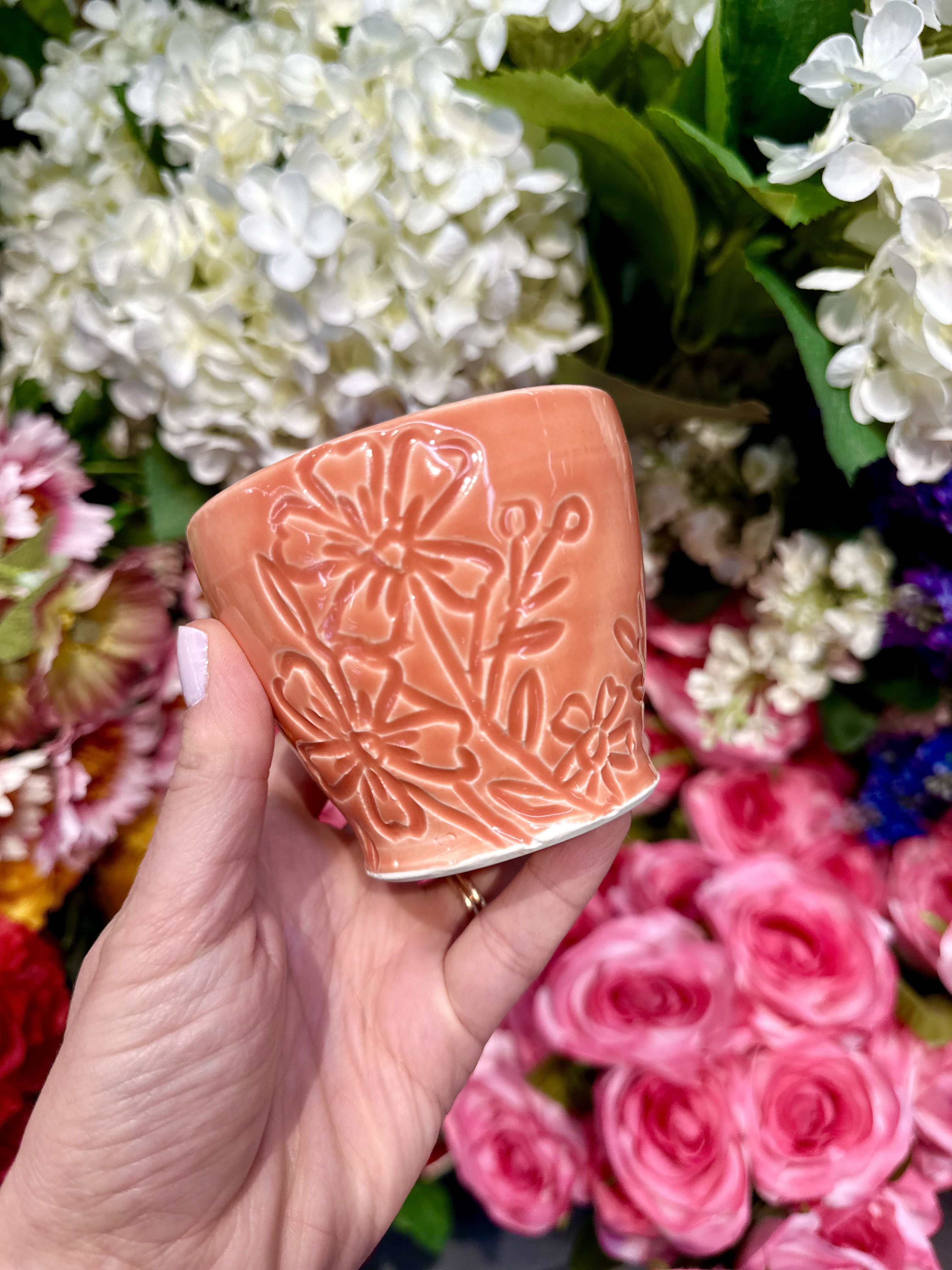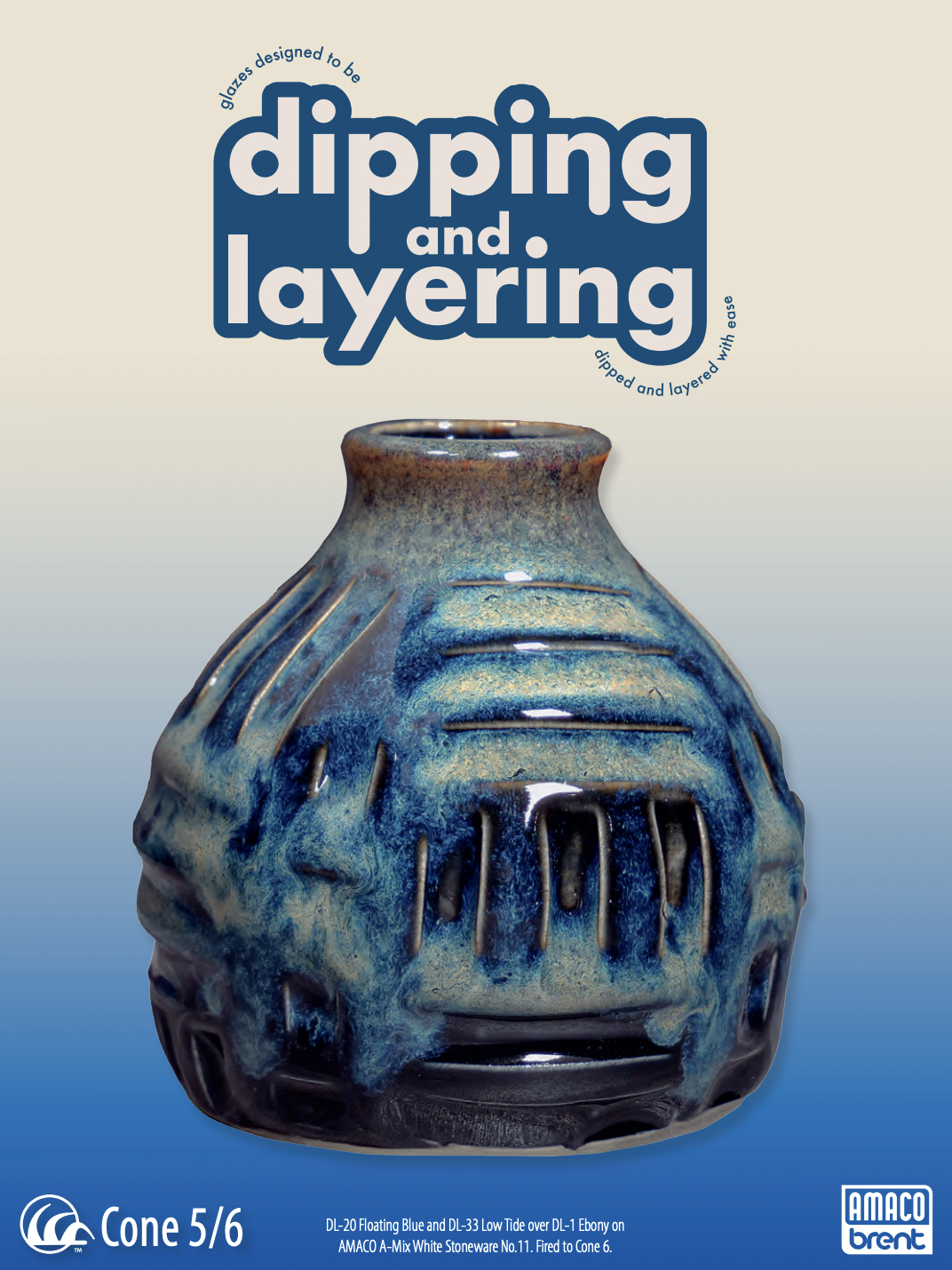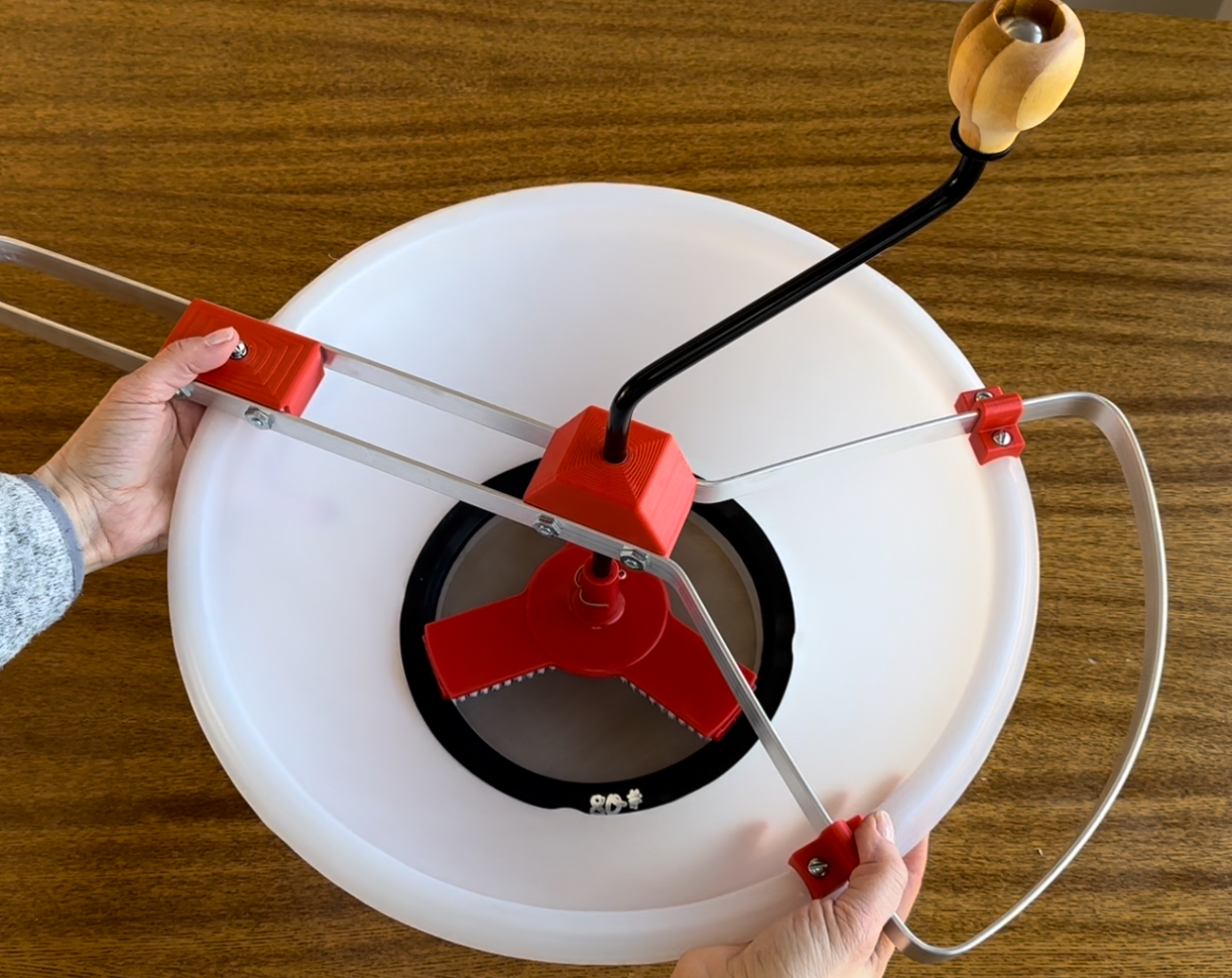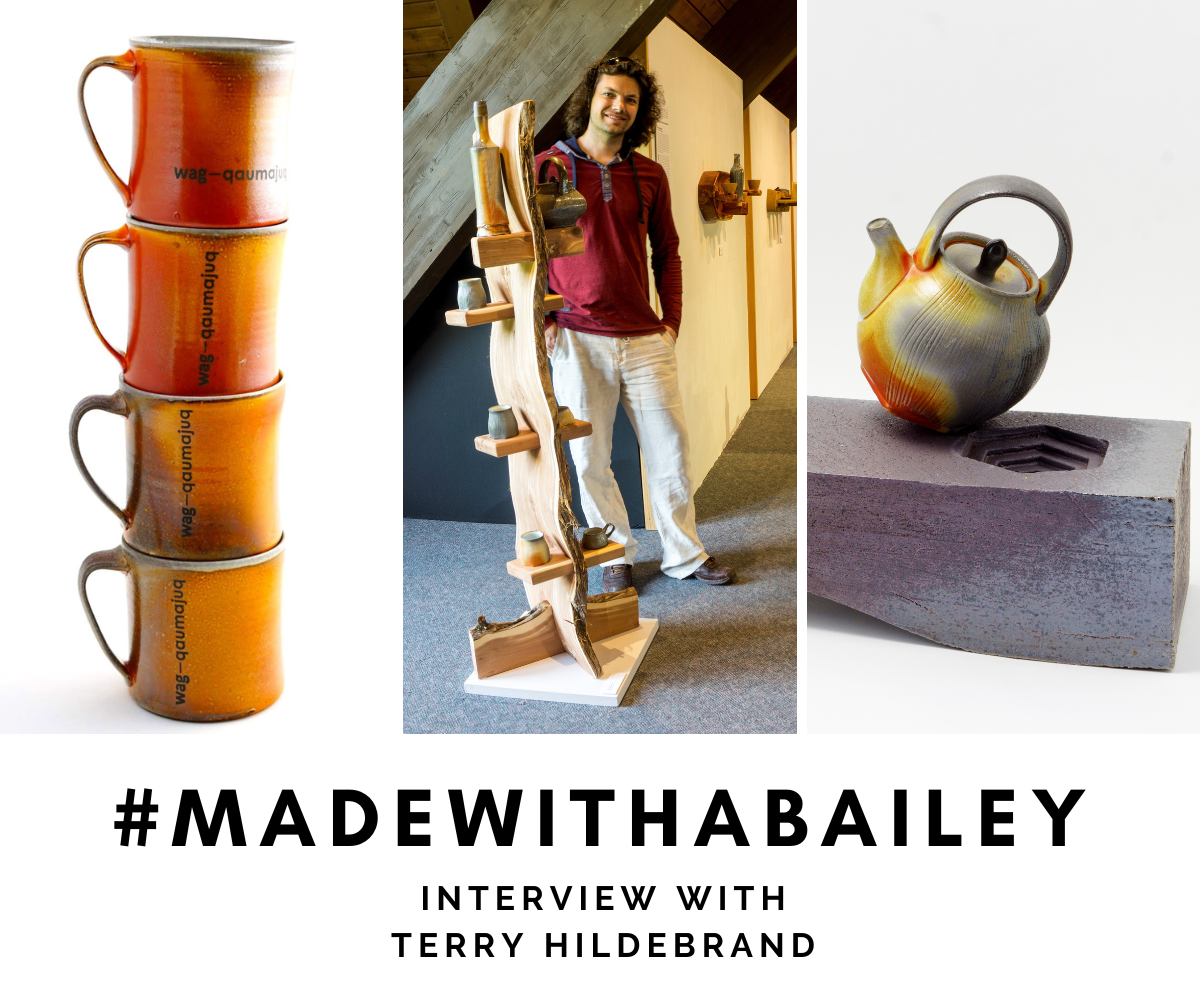Before Yesterday We Could Fly: An Afrofuturist Period Room

One of the great things about living in the Hudson Valley is its close proximity to New York City. Jim and I often go down for the day or for an overnight to visit the museums and shows that abound there. There is nothing like seeing an exhibition in real time. Although we got used to a certain kind of online reality in the time of Covid, virtual reality will never take the place of going in person to look at three dimensional work. The atmosphere and sensation of the whole experience cannot be conveyed on a screen or with a headset.
Before we travel down to NYC we usually look into what is going on at the Metropolitan Museum of Art. The MET recently hosted Hear Me Now which showcased the work of the enslaved potters of Old Edgefield, South Carolina. The show highlighted the work of Dave Drake, who in recent times has gained recognition for his powerful expressive pots. These dynamic vessels capture his talent as both poet and potter, despite his enslavement. The poem by Ms. Maya Angelou comes to mind when one looks at his work; “Still I Rise.”
It has been an important time for the MET to help us see and understand our history in a more thorough and inclusive way. As we continue to grapple with a past that includes the sadness and horrors of enslavement, we are finding new ways to tell the stories and show the art from historically marginalized communities that need and deserve our attention. Although the Hear Me Now show has now moved on, there is another project at the MET that made us think again about how we view creativity and what the meaning of art is in all our lives.

The installation Before Yesterday We Could Fly: An Afrofuturist Period Room pays homage to Seneca Village: a community that once existed close to the MET but was seized in 1857 to create Central Park. Everyone in the village was displaced. The village included over 50 houses owned and lived in by a predominantly black community. The vibrant and prosperous Seneca Village offered freedom and opportunity for African Americans in a time when enslavement still existed in the south.
The MET installation imagines what a room in this village might have looked like today. Similar to other rooms in the museum, this room has furnishings and artifacts of an imagined space from a time period, but unlike these other museum rooms, it is not frozen in time. Instead An Afrofuturist Period Room represents the African diasporic belief that the past, present, and future are all connected.


The room is sensational and showcases important works from the museum’s permanent collection, as well as new work created specifically for the room. My only regret was not being able to walk through the imagined room and touch the fantastic pottery of Roberto Lugo, Zizipho Poswa, and Chuma Maweni.

Roberto Lugo has a major presence in the room with his colorful plates, cups, teapot, and large vase. It is a must see installation when you are next in New York. The potters comments on making their work and what it means to them as artists truly inform the show. The artist interviews are also available online on the MET's website.

Share this post
About the Author

Related Posts
Patti Warashina
Alfred Ceramic Art Museum
Studying Staley
Voulkos: The Breakthrough Years
17 Best Selling Green Glazes
Topics
- Customer Service
- Clay
- Bailey Electric Kiln
- Glazes
- Decals
- Throwing on the Wheel
- Ceramic sculpture
- Holiday Project
- Bailey Slab Roller
- Mystery Pot
- The Bailey Collection
- Ceramic Museum
- Kiln Shelves
- Pottery
- Pottery
- Kiln Maintenance
- Ceramic Artist
- Ceramic Tile
- Ceramic Project
- NCECA
- Workshop
- Ceramic Tools
- Atmospheric Firing
- #MadewithaBailey
- Community
- Underglaze
- Gift Guide
- Ceramic Technique
- GR Pottery Forms
- Hydrobat
- Bailey Extruder
Tags


